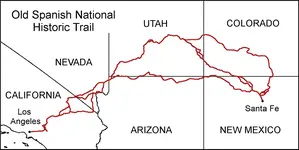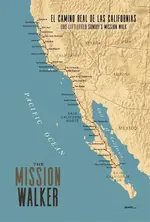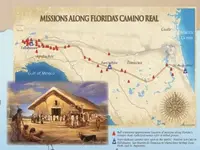- #101
Thread Owner
Have you ever looked at any of the Lewis Cass records? Especially his expidition in Michigan to find copper. Thomas Cumming, the First (living) Governor of Nebraska was just a young man at the time who Lewis Cass had chosen from Michigan U. to accompany him on the journey.
L.C. I'd like to hear a little about the copper expedition, if you don't mind.











